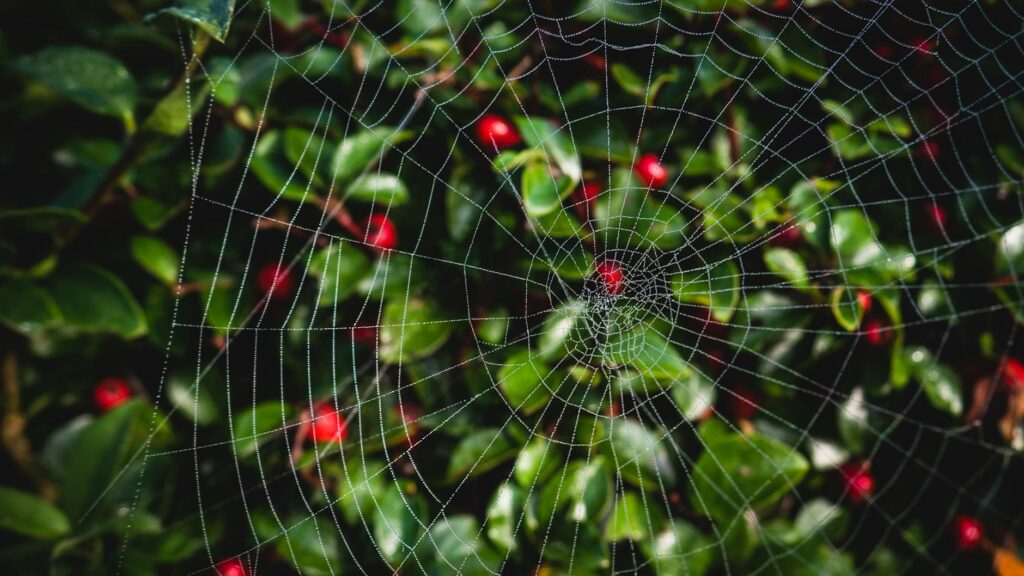If you’re passionate about gardening, particularly when it comes to cultivating climbing plants, you’ve likely considered the role of garden netting. This versatile tool not only supports your plants but also enhances their growth and maximizes your garden space. In this blog post, we’ll explore the benefits of garden netting, various types available, installation tips, and crucial statistics that highlight its importance in modern gardening practices.
What is Garden Netting?
Garden netting is a protective barrier made from various materials designed to support climbing plants while keeping pests at bay. It can be used for a wide range of climbing plants, including beans, peas, cucumbers, and flowering vines. Garden netting typically comes in several forms, such as mesh, polypropylene, or natural fibers like jute.
Benefits of Using Garden Netting
- Support for Climbing Plants: Climbing plants require support to grow upwards, and garden netting provides the perfect structure for them to latch onto. According to a study by the University of Kentucky, vertically growing plants can produce up to 20% more yield compared to those grown on the ground.
- Space Efficiency: Garden netting allows for vertical gardening, making efficient use of space, especially in smaller gardens. A vertical garden can increase the planting area by as much as 50%.
- Pest Control: Garden netting serves as a barrier against pests such as birds, rabbits, and insects, protecting your plants and fruits. Statistics show that gardens with protective netting experience up to 60% less damage from pests.
- Improved Airflow: Good airflow around climbing plants helps reduce the risk of fungal diseases. Research indicates that improved ventilation can lower the incidence of powdery mildew by up to 70%.
- Sunlight Exposure: By lifting plants off the ground, garden netting allows for better sunlight exposure, essential for photosynthesis. A well-placed trellis can increase sunlight exposure by 30%.
Types of Garden Netting
Choosing the right type of netting depends on your specific gardening needs. Here are some common types:
1. Trellis Netting
Trellis netting is often made from durable materials like polyethylene or nylon. It provides a sturdy structure for climbing plants and is suitable for larger vegetables and fruits.
2. Mesh Netting
Mesh netting is lightweight and allows sunlight and rain to reach your plants while protecting them from pests. It’s ideal for smaller plants like peas and beans.
3. Bird Netting
This type of netting is specifically designed to keep birds away from fruits and vegetables. It has smaller holes to prevent birds from pecking at your plants.
4. Jute Netting
Made from natural fibers, jute netting is biodegradable and environmentally friendly. It blends well with garden aesthetics and is suitable for organic gardening.
5. Plastic Netting
Plastic netting is durable and weather-resistant. It’s often used in larger gardening setups and can last several seasons.
Installation Tips for Garden Netting
Installing garden netting is relatively straightforward, but there are some essential tips to ensure maximum effectiveness:
1. Choose the Right Location
Select a location that receives ample sunlight and is protected from strong winds. Ensure your netting is positioned where it can support the plants as they grow.
2. Secure the Base
Make sure the base of the netting is securely anchored to prevent it from collapsing under the weight of your climbing plants. Use stakes or ties to hold it in place.
3. Proper Height
The height of the netting should match the expected growth of your plants. Taller plants like cucumbers may require higher netting, while shorter plants like peas need less height.
4. Regular Maintenance
Check your netting regularly for any signs of wear and tear. Replace any damaged sections to maintain its effectiveness.
Statistics on Climbing Plants and Garden Netting
Understanding the impact of garden netting on climbing plants can be clarified with several key statistics:
- Yield Increase: As mentioned, vertical gardening can increase yield by up to 20%.
- Pest Damage Reduction: Gardens with protective netting experience up to 60% less pest-related damage.
- Airflow Improvement: Effective airflow can reduce fungal disease occurrences by 70%.
- Space Utilization: Vertical gardening can expand planting areas by 50%, making it ideal for urban gardens.
Popular Climbing Plants for Garden Netting
Here’s a list of popular climbing plants that thrive when supported by garden netting:
1. Pole Beans
Pole beans are known for their vigorous growth and can reach heights of 6-10 feet. They benefit significantly from trellis or netting support.
2. Cucumbers
Cucumbers thrive on a vertical structure, producing straighter fruits and maximizing garden space.
3. Peas
Peas grow well with support and can benefit from netting, which allows them to reach greater heights and improve air circulation.
4. Tomatoes
Indeterminate tomato varieties grow tall and require support from netting to prevent the stems from breaking under the weight of the fruit.
5. Vining Flowers
Plants like sweet peas or morning glories not only add beauty to your garden but also benefit from netting as they climb and bloom.
Eco-Friendly Considerations
When choosing garden netting, consider the environmental impact. Opt for biodegradable materials like jute or cotton, which decompose over time, reducing waste in landfills. Also, consider using recycled plastic netting that can be repurposed for several growing seasons.
Conclusion
Garden netting is an essential tool for any gardener looking to cultivate climbing plants effectively. By providing support, enhancing yield, and protecting against pests, it plays a critical role in modern gardening practices. Whether you’re a seasoned gardener or just starting, incorporating garden netting into your planting strategy can yield impressive results.
Additional Resources
For more information on garden netting and climbing plants, check out these helpful links:

